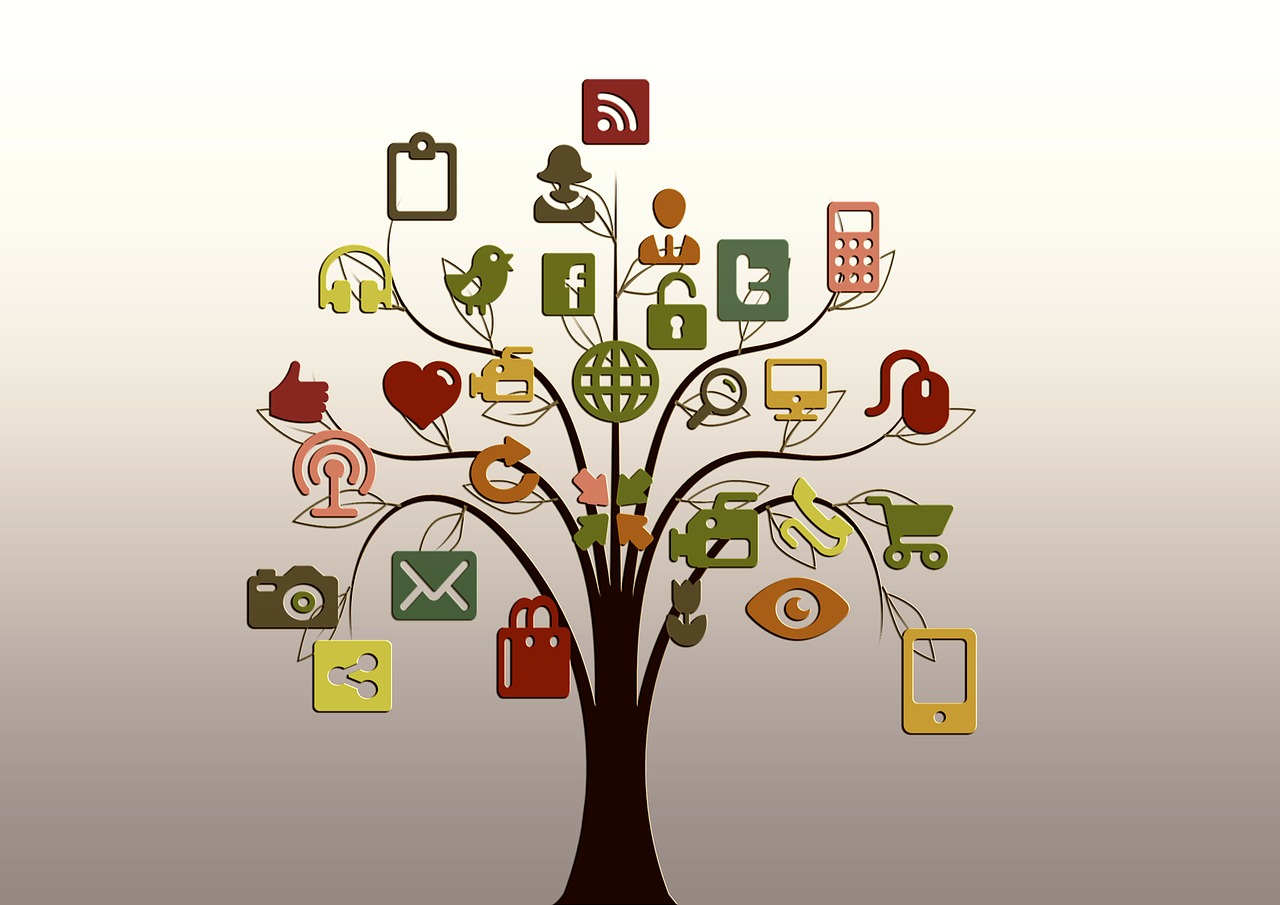By Drew Clark.
Increasingly, computing power is everywhere. The personal computer that once resided on the desktop migrated to the hip pocket and the wrist watch, and now to eyewear and clothing.
Welcome the “Internet of Things,” or IoT in tech jargon.
We may encounter these tiny technologies first in our homes or at work. But the IoT already has big implications for city leaders and managers charged with building “Smart Cities” and making their governments more responsive.
The IoT consumer gadgets on the market include smart doorbells, WiFi enabled toothbrushes, refrigerators that order groceries and ovens that can be scheduled to cook dinner. What has become known as the Internet of Things occurs when: 1.) digital sensors can be embedded onto almost any “thing,” 2.) almost every electronic device has some measurable processing power, and 3.) these devices can be networked together through the Internet.
Among the areas where the civic IoT is advancing most rapidly are in water management and waste removal, the electrical “smart grid,” and improving transportation — whether it be public transit, smoother automobile traffic or parking cars.
By automating the tracking of water consumption in real time, the East Bay Municipal Utility District saved 5 percent by showing citizens how they compared to families of a similar size. Similar benefits are available in reducing electricity consumption, with the added benefit of helping the grid’s stability and reliability: San Diego is home to more than 2.3 million smart electric meters, plus an advanced microgrid at Borrego Springs. And Walnut Creek is experimenting with a system that will send alerts to drivers’ smartphones when traffic lights change from red to green.
Whether developed by private entrepreneurs or public agencies, many more such applications will emerge in ways that we can’t even anticipate today.
But we can begin to formulate some of the lessons of the IoT for local government and other policy-makers.
First and most fundamentally, cities must not short-change infrastructure investments in communications. As with the electric grid and water supply system, access to super-fast broadband is now a necessity — for businesses, residents and public-sector institutions.
Good quality communications networks are foundational for IoT-based applications. And cities are more likely to thrive in the future when they recognize the deep integration between energy, transit, water and broadband networks.
Second, Smart City applications can be used to enhance not only efficiency, but also democratic accountability. Consider the parallels that we will begin to see between the use of IoT-generated data and the “open data” movement of the past several years. The paradigm-changing nature of making government data transparent — from budgets to potholes to crime statistics — is well-told in Stephen Goldsmith and Susan Crawford’s book “The Responsive City: Engaging Communities Through Data-Smart Governance.”
Public access to information in machine-readable formats enables new tools for problem-solving, instead of focusing on turf. In this mode, the authors write, “government’s authority comes from its cooperation with a vibrant community, and the community’s respect for that authority flows from government’s responsiveness.” Digital governance is no longer about one-way communication, but about collaborative exchanges built upon feedback loops. These kinds of benefits could soon be available through new IoT applications.
A third and final lesson addresses potentially legitimate concerns about the privacy of information collected by the government. As such fears are often not fully formed or well-articulated, it can be useful to disentangle these worries. Citizens value privacy, but are willing to share personal information with the government when they see a tangible benefit. Take the Transportation Security Administration’s successful PreCheck program for expedited airport screening.
Information security, on the other hand, must be built into government networks that use IoT data, lest they compromise new areas of public and private life. Balancing benefits for citizens with an acknowledgement of the need for security in deploying IoT networks makes it all the more important for cities to be transparent about their use of such technologies.
Whether in rolling out new water meters or location-tracking devices in buses and other government vehicles, cities will need to use their new-found savviness in digital governance as they bring the Internet of Things to life.
[divider] [/divider]
 Drew Clark practices at the intersection of telecommunications, policy and the law. Based in Best Best & Krieger LLP’s Washington, D.C. office, Drew puts his experience to work for public agencies in the areas of Internet technology, broadband deployment and intellectual property by drafting and negotiating contracts and addressing legal and policy issues. He is of counsel in the firm’s Municipal Law practice group. He can be reached at drew.clark@bbklaw.com
Drew Clark practices at the intersection of telecommunications, policy and the law. Based in Best Best & Krieger LLP’s Washington, D.C. office, Drew puts his experience to work for public agencies in the areas of Internet technology, broadband deployment and intellectual property by drafting and negotiating contracts and addressing legal and policy issues. He is of counsel in the firm’s Municipal Law practice group. He can be reached at drew.clark@bbklaw.com





